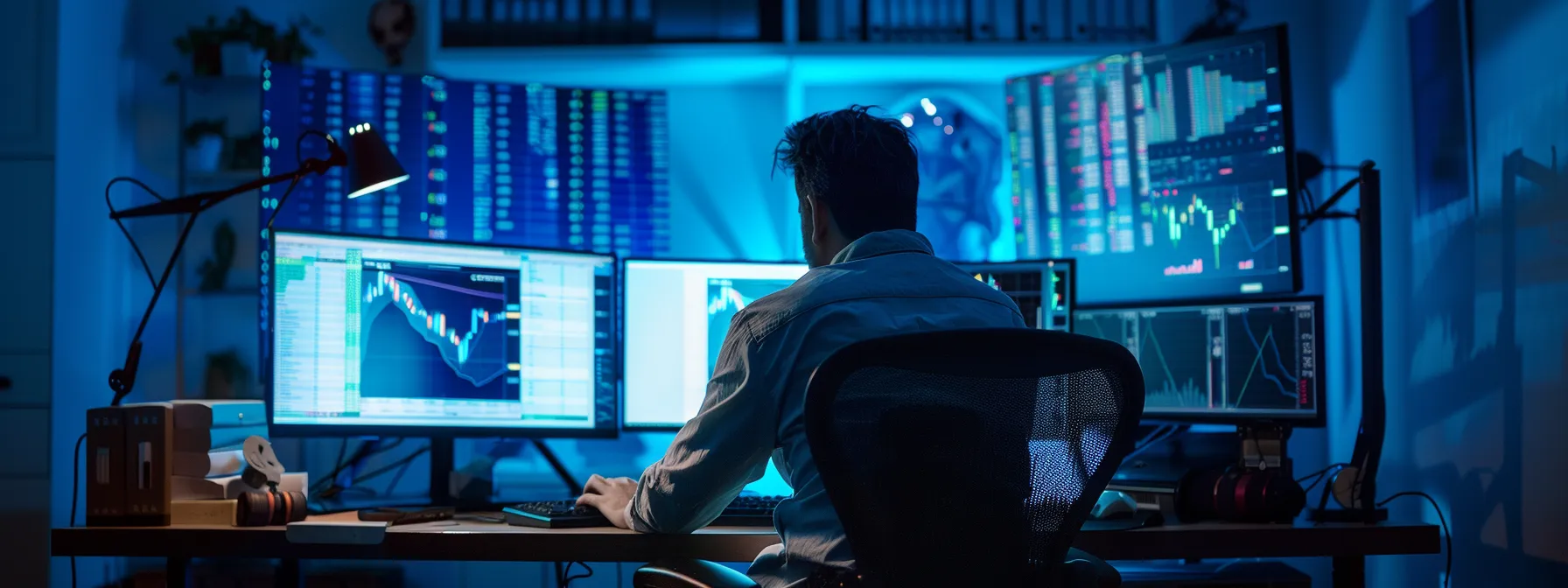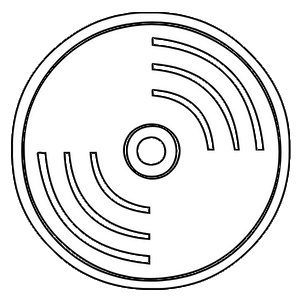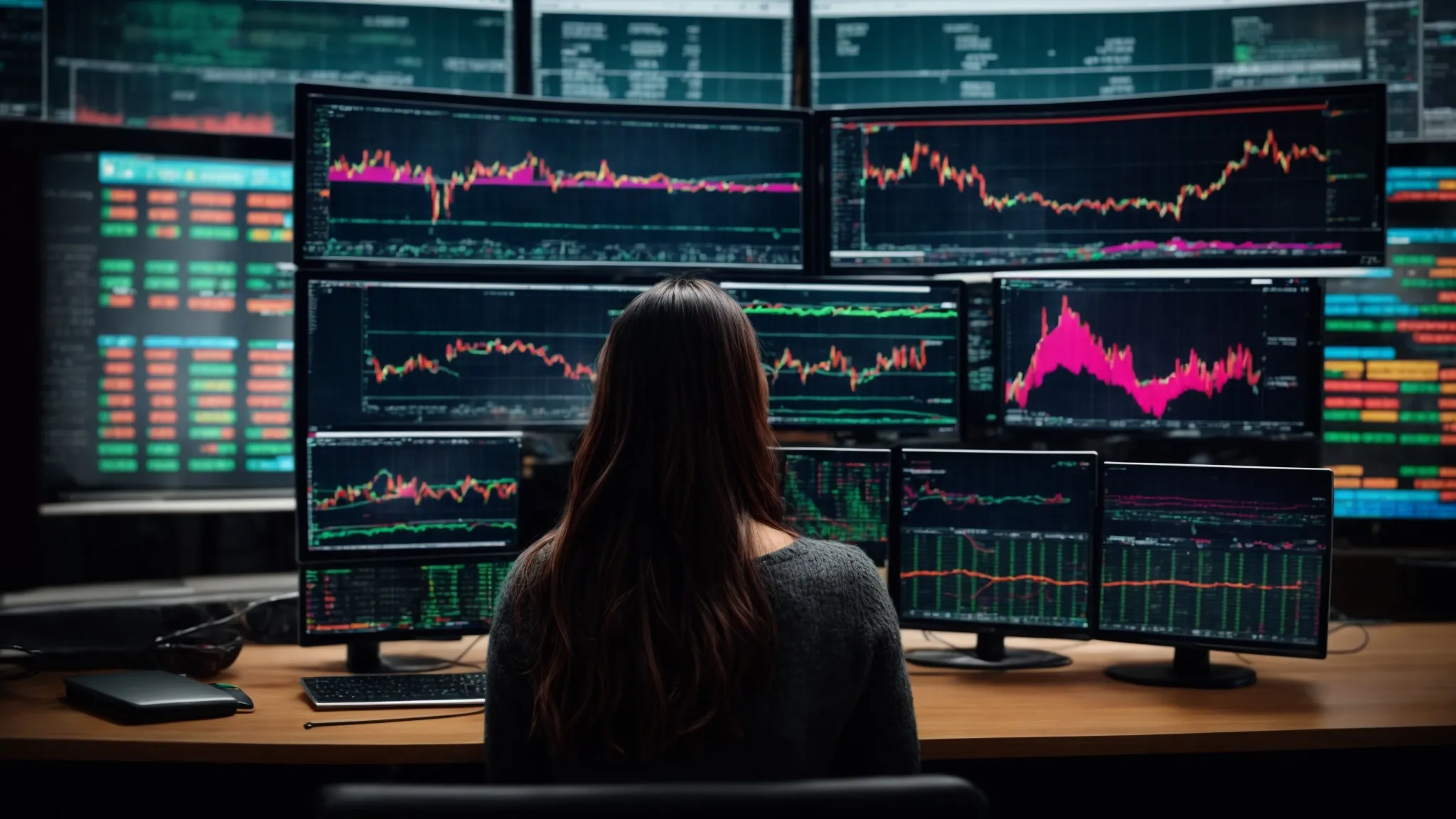Mastering the Market: How a Day Trading Simulator Can Jumpstart Your Trading Journey
Embarking on a career in day trading can be both exciting and daunting. With the volatility of the markets and the rapid pace at which trades are conducted, knowledge and practice are paramount to success. Fortunately, a day trading simulator offers a risk-free environment to refine trading strategies and build confidence before diving into live trading. Discover the benefits of using a simulator, how it can improve market analysis skills, and when to make the shift to real-world trading. Below, we’ll explore the pivotal role a trading simulator can play in your trading development.
Understanding the Importance of a Day Trading Simulator in Your Trading Journey

A day trading simulator offers beginners a risk-free way to learn trading basics, including order placement, market timing, and execution. It also provides experienced traders a chance to test new strategies. By mimicking real market conditions, simulators help develop practical skills and emotional discipline, teaching traders how to handle market fluctuations.
With many simulators available, it’s important to choose one with features like real-time data, a variety of indicators, and responsiveness for a realistic experience. Many simulators also offer educational resources, like tutorials and webinars, to enhance learning. Treating simulated trading seriously can help build a solid foundation for actual trading success.
Navigating the Market: The Simulated Trading Experience
A day trading simulator offers traders direct exposure to market fluctuations without financial risk, allowing them to observe how global events, economic reports, and market sentiment drive price movements. This helps develop the intuition needed for timely decisions. Simulators allow traders to explore different markets, such as stocks, forex, and commodities, and their unique characteristics.
Mastering risk management skills, such as setting stop losses, managing leverage, and protecting profits, is essential for successful trading. Simulators also help traders deal with emotions like fear and greed, teaching them to follow their system rather than their emotions. This discipline is solidified in simulation before real money is on the line, ensuring traders can make informed decisions without the financial consequences of unfamiliar territory.
How a Day Trading Simulator Enhances Your Market Analysis Skills
Simulators are tools that enable traders to apply theory to practice trading. They provide advanced charting tools and indicators for technical analysis, enabling traders to identify patterns and forecast market direction. Simulators also aid in fundamental analysis, allowing traders to observe real-time market effects of news and economic data. By backtracking past events, traders can understand the impact of past events on different assets.
Understanding market volatility helps traders distinguish between normal market noise and significant movements that warrant action, enabling them to develop adaptable strategies. Journaling trades and reviewing strategies is crucial for improving market analysis. Simulators often have built-in analytic features that track performance, providing traders with clear insights into their trading habits and outcomes.
Making the Most of Trading Simulators: Practice, Patience, and Proficiency

Consistent practice in day trading involves using simulators to build muscle memory for swift and efficient trade entry and exit. This involves setting up charts, marking key levels, and monitoring open positions. Simulators foster patience, teaching traders to wait for the right setups rather than chasing the market.
Trading proficiency involves managing unsuccessful trades, refining exit strategies, understanding loss cutting, and avoiding overtrading pitfalls. These lessons are best learned without real financial losses. Simulators also serve as a platform for lifelong learning, allowing traders to return to simulation to educate themselves as markets evolve and new tools emerge. This ongoing process keeps skills sharp and knowledge current, which are crucial for long-term trading success.
Transitioning from Simulation to Real Trading: When and How
Transitioning from a simulator to real trading is crucial, requiring consistent success and understanding of risks. Traders should feel confident in their strategy and be able to adhere to it under real financial stakes. The transition should be gradual, starting with a small amount of capital to mitigate risks.
Trading the same markets and instruments as in simulation is recommended for a smooth transition. Maintaining discipline and strategies from simulation is essential as real trading presents unexpected challenges. Reviewing trades and self-assessment is crucial for refining approach. The goal is to apply simulation skills and strategies to live market conditions, with personal growth being valued equally to financial gains.
Overall, the journey from simulator to stock market success is one of continuous learning and growth. By leveraging the experience gained in a controlled environment, traders can navigate the complexities of the market with greater confidence and skill. The ultimate goal is to integrate the lessons from simulation into the reality of trading, creating a solid platform from which to build a successful trading career.














